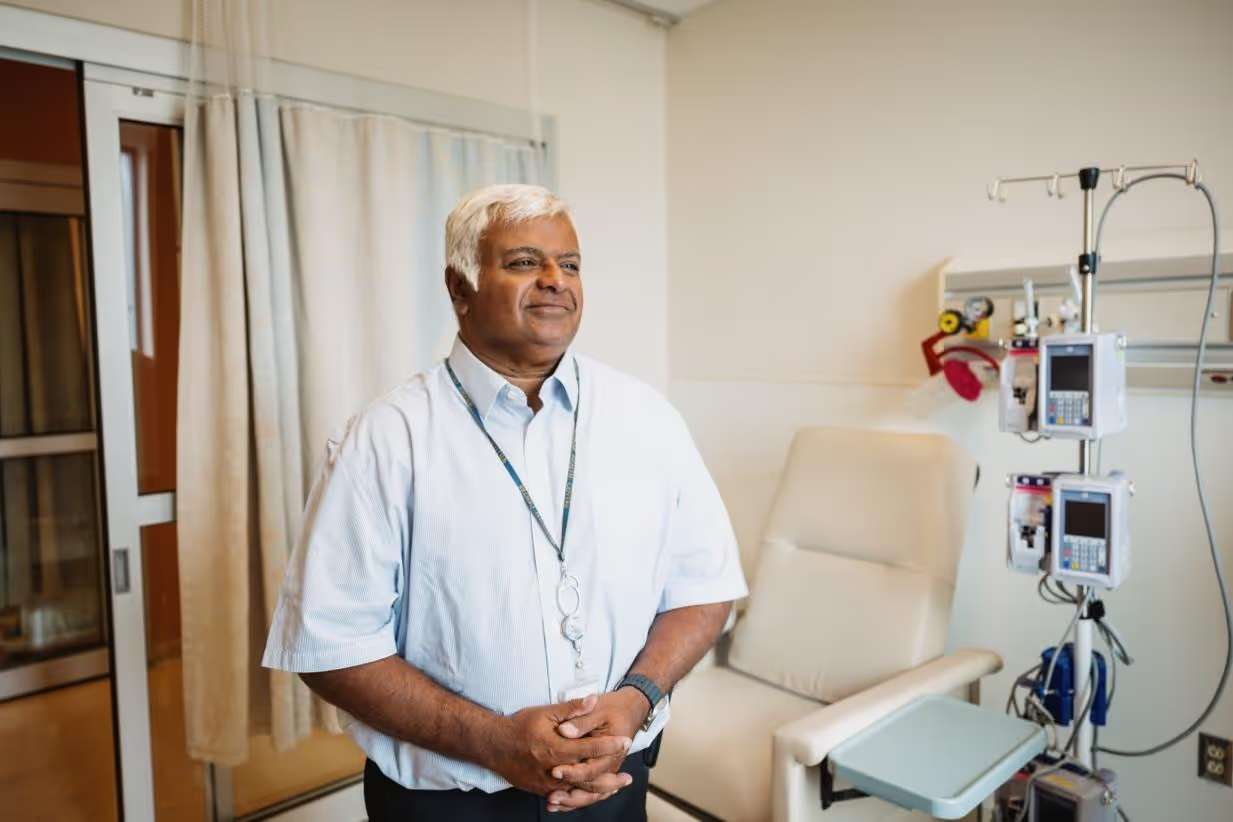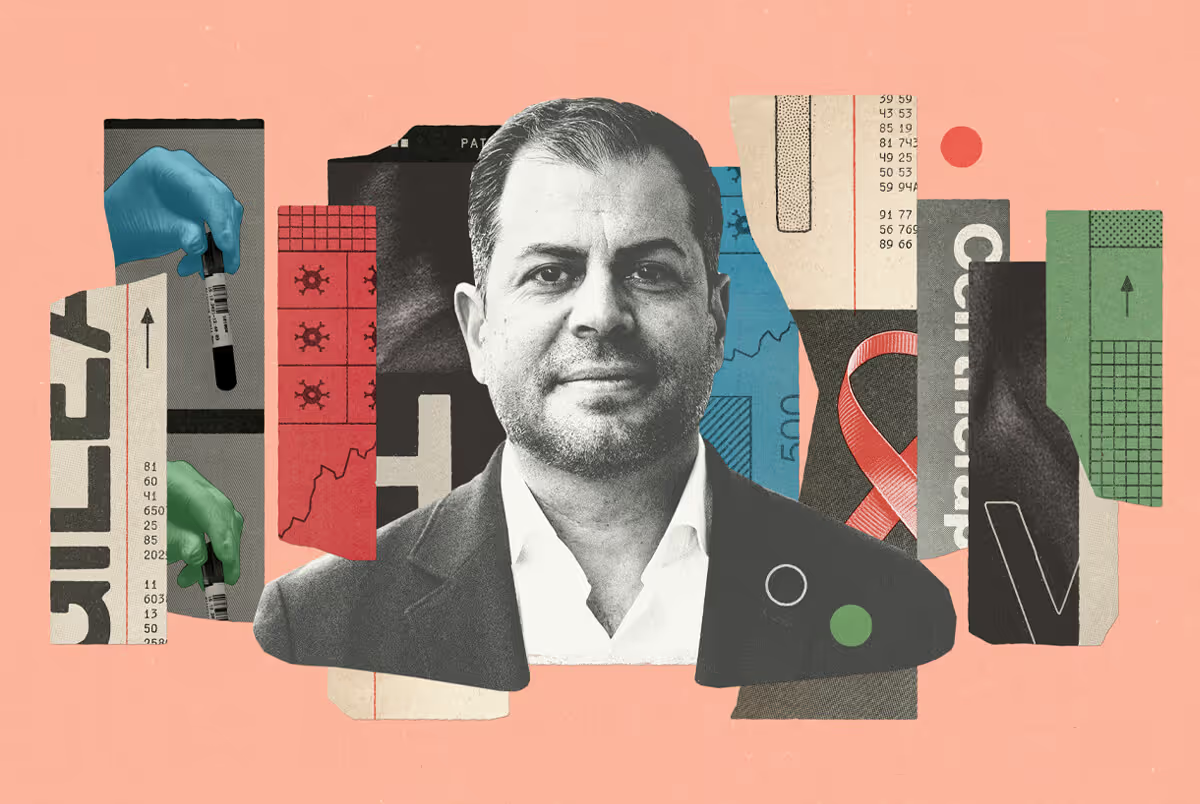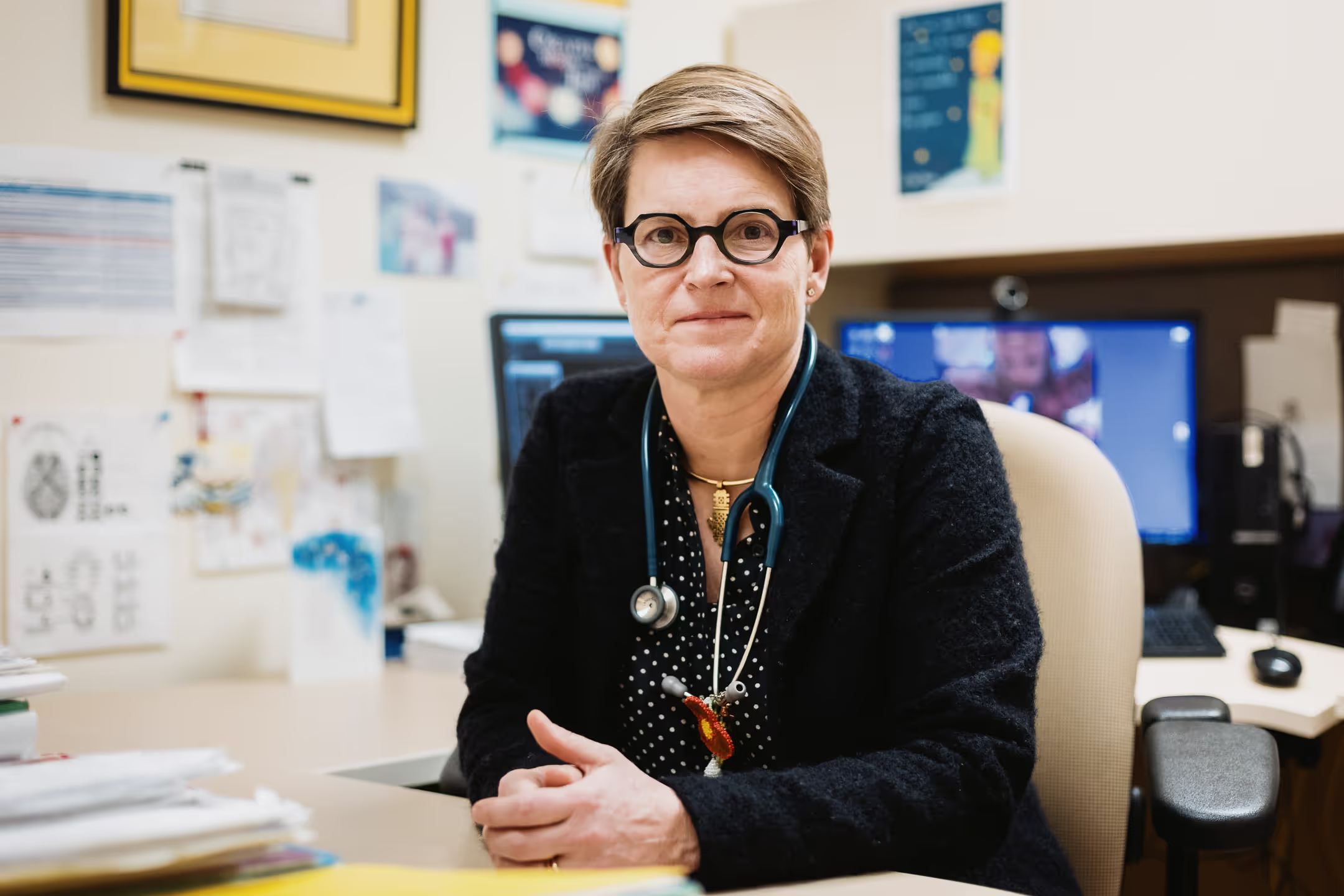
What is chronic lymphocytic leukemia (CLL)?
Leukemia refers to cancer of the blood, and lymphocytic leukemia is a cancer specifically of the lymphocytes, a group of white blood cells that help your body fight infection. Chronic lymphocytic leukemia, or CLL, is the most commonly encountered form of leukemia and what’s most notable about it is that it progresses slowly. It’s considered incurable, but CLL is often very manageable. Unlike some other forms of leukemia, most CLL patients tend to be diagnosed in their 60s, 70s, or even 80s. That said, the disease is certainly seen in younger patients as well.
Many CLL patients are completely asymptomatic for a long time. When symptoms do begin to appear as the cancer progresses, common presentation includes fever, fatigue, enlarged lymph nodes, and infection. Fortunately, we now have a type of blood test known as flow cytometry, which allows us to detect a CLL-specific protein pattern on the surface of the cells. This allows for earlier detection and prompt intervention when appropriate.
What is meant by the word “chronic?”
I think that many patients have a negative perception of the word “chronic,” however it simply refers to an illness or condition that persists for a long time, is slow-growing, or is constantly recurring. It’s also referred to as “indolent,” meaning “non-aggressive.” Treatment is often unnecessary initially, and a person living with CLL can live a long and largely undisrupted life. This is often a huge source of relief for newly diagnosed patients and their loved ones.
“I think that many patients have a negative perception of the word “chronic,” however it simply refers to an illness or condition that persists for a long time, is slow-growing, or is constantly recurring.”
On the other hand, acute leukemias are very aggressive diseases that generally require a similarly aggressive course of treatment, usually focused around chemotherapy. Unfortunately, patients and their care teams have a much harder time with these diseases.
Why is it important for patients to maintain a healthy, ongoing dialogue with their health care team?
Because this is a disease that can progress from a very stable and non-threatening presentation to something that requires treatment, the role of monitoring is absolutely vital. Some patients, understandably, are uneasy with this “watch and wait” approach, which is rarely taken with other cancers. It can be difficult to reconcile the concept of: “Yes, it’s cancer. Yes, we have treatment options. But, no, you shouldn’t be treated right away".
By becoming informed — and by building a good relationship with their hematologist and the rest of their health care team — a patient can come to appreciate that the science behind this approach is both solid and with precedence. The data clearly shows that there’s no benefit to beginning treatment earlier than necessary. And that’s a good thing for the patient’s everyday quality of life.
Trust, of course, is essential. Patients need a strong dialogue with their health care team, allowing them to feel confident that everyone involved is on the same page. There needs to be a foundation of faith that if and when the disease progresses, this change will be promptly recognized and the plan will be adjusted in a way that respects the patient’s needs and lifestyle.

How is CLL treated and how has that treatment evolved?
There has been huge progress in the development of new treatments for CLL over the last 10 years. Today we have multiple good treatment paths, and none of our present-day agents were available to hematologists just a short time ago. There are now chemotherapy and immunotherapy treatments, which can be very beneficial and — in some cases — arguably curative.
One of the really big developments is that we now have innovative therapies that can be taken orally, meaning that patients can receive treatment at home. This means that we can provide Canadian patients, regardless of where they live, with the same level of care that they would receive in a large metropolitan hub. Given that this is a disease with a lot of older patients, the burden of travelling for care can be backbreaking.
“Today we have multiple good treatment paths, and none of our present-day agents were available to hematologists just a short time ago.”
Alternatively, we also have different therapies that can be taken for a fixed duration, which allows patients to enter treatment with a clear start and end date. Although fundamentally different, both of these approaches allow patients to shape their treatment regimen around their lives, not vice versa.
These modern treatment options are generally well-tolerated. There are still side effects — which is part of why we watch and wait — but the burden of treatment is significantly less than it has ever been.
Why is it a hopeful time for Canadians living with CLL?
All these new therapies that have revolutionized CLL treatment really only represent the first wave of innovation that we’re seeing. There are several new therapies that are going to be coming to clinical practice in the very near future, and we can’t even guess at what’s going to be available in the next 5 to 10 years. And, thankfully, CLL patients are now living comfortably with the disease for many years. It’s exciting that there are many CLL patients today who will plausibly be able to benefit from new treatments that aren’t even on our radar yet.
Medical advancement in this field seems to be progressing more and more rapidly over time. Basically, the better our understanding of CLL — at a molecular level — becomes, the better we’re able to develop new medications to achieve good outcomes in our patients. And a lot of this research is happening right here in Canada. It’s a very exciting time to be a physician treating CLL.
This initiative was supported by BeiGene Canada. This page and the editorial themes covered were developed by Patient Voice.
%20(1).jpg)






